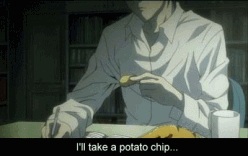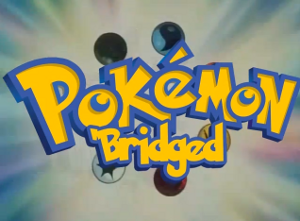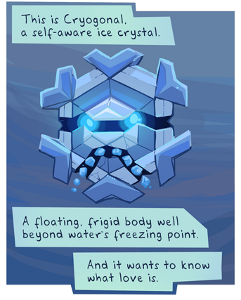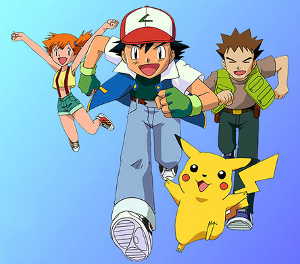When I first heard about Yugioh in the 90s, I thought it was a ridiculous concept. It seemed like the worst kind of commercialism. It pandered to children. It was an anime and manga series designed to promote a real life card game and toy series. I can be very cynical and I immediately dismissed the entire franchise on face value.
Then I saw some people playing the card game at my school and it caught my interest. I headed over to the local toy store, picked up the Pegasus and Yugi starter decks for my brother and me, and forced him to play the game. It was pretty darn clever. The game played a lot faster than Magic the Gathering and featured a huge variety of characters from the start. Each new set expanded the possible playable characters rather than just strengthening what was already available. It was, and still is, a pretty novel approach to building a trading card game.
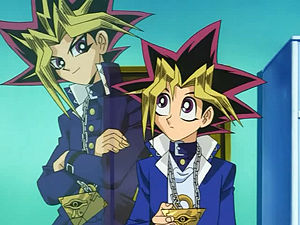
Yami and Yugi team up through the power of the Millenium Puzzle
This actually puts the games in their original dangerous context. Unsurprisingly, 4Kidz–the US anime distributor that lost all of their licenses after butchering One Piece–sanitized the show beyond recognition. If you lose a match in the shadow realm, you die. Period. Your soul is trapped in the shadow realm with only a slight chance that you can be resurrected. 4Kidz said you were asleep and removed all of the menacing violence from the show.
Beyond the violence, Yugioh had a surprising amount of depth in its original run. The Egyptian mythology is only one level. There’s an interesting play on psychology with the relationship between Yugi Moto and Yami Yugi. It’s not a coincidence that they share a name; Yugi Moto has to use Yami Yugi to become a self-actualized person and a championship game player. The lessons he learns from Yami allow him to function in the world. There’s also commentary on international relations, gender politics, science v. religion, and a whole slew of other subjects. You just wouldn’t recognize it in the 4Kidz release.
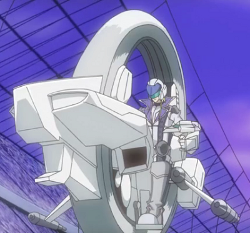
High tech duels on fast bikes in Yugioh 5D’s
Somehow, Yugioh has managed to stay in the public eye for 17 years in Japan (about 14 in the US) and it’s more popular now than it’s ever been. Even if the anime and manga aren’t selling as briskly, the TCG has grown bigger than you can imagine. The game is popular enough to have multiple leagues–Dragon Duels for children under 12, Hobby League for casual play, Yugioh Championship Series for the competitive players–and many play styles. New sets are released four times a year with various specialty sets in between. The eligible pool of cards is adjusted every few months to re-balance the game among all the available cards.
Even with the high cost of remaining competitive, Yugioh keeps growing. It’s not unheard of to spend hundreds of dollars on a deck to be competitive at the large YCS tournaments. The TCG sets are released a few months after the Japanese OCG sets, allowing US players to plot their new strategies and drive up demand (and prices) before the cards are even available here.
Around 2008 or so, Konami (the current card game developers) began revisiting old archetypes from the original run of Yugioh. They turned under-used characters like Ninjas and Six Samurais into YCS-winning mainstays with just a few cards. They’re constantly looking back on the history of the game to play on nostalgia and change the meta–the much argued about rankings of decks and viable cards in the competitive scene. A new set introduced a few cards that could make Harpies, one of the oldest game archetypes, into a championship deck for the first time.
Well, tournament-winning deck for someone not named Robert Gannon. When I do play, I play my own spin on Harpies and my deck has been largely unchanged since 2003. I’m flexible enough to adjust the strategy on the fly to deal with deck the archetype is weak against and practiced enough to honestly say I lose more by my own mistakes than to an opponent’s strategy.
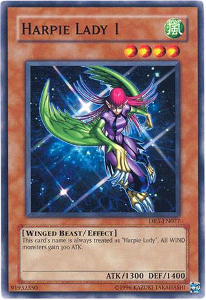
Harpie Ladies spawn and power up really fast once you lock the field
This is where the staying power comes in. Konami keeps the game fresh with new cards and basically a new legal playset every few months. Players adjust to the meta, swapping in key cards or finding new territory to explore. Sometimes you succeed and sometimes you fail. You don’t know unless you play and you don’t play this game unless you’re really interested in it. Children compete against adults on a pretty level playing field. The rules are simple but the combinations and strategies are very open-ended and rely a lot on the luck of the draw.
14 years ago, I would have never imagined calling myself a fan of Yugioh, let alone a Yugioh player. I am. I don’t get to compete as much a I’d like to because of the cost of entry, but I find a way. This post was initially going to cover the YCS event in the Meadowlands, NJ two weeks ago. It’s literally down the street from me. I wound up getting caught up with work and pulling out. I wish I could have made it since my deck runs very well against the deck style that dominated the Top 32 final rounds.
One thing I know for sure is that, for the foreseeable future, there will always be another tournament to go to. Even if it’s at my local card shop or in the backroom of a convention, I’ll be able to pull out my deck and roll to see who goes first. A lot of TCGs have come and gone since Yugioh made its international debut (I miss you, Kingdom Hearts). Yugioh just happens to be the one that stuck well enough to break the world record for most TCG cards sold.
Thoughts on Yugioh? Share them below.

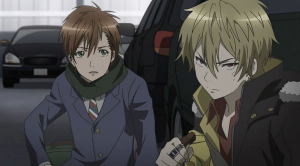
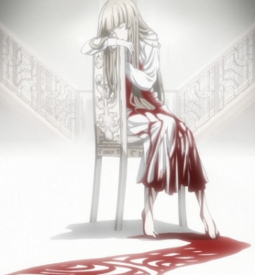
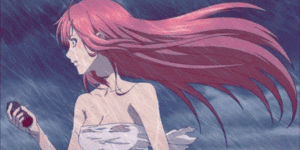
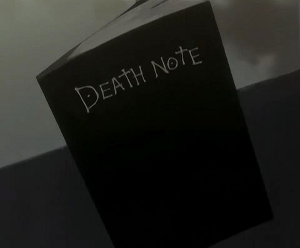
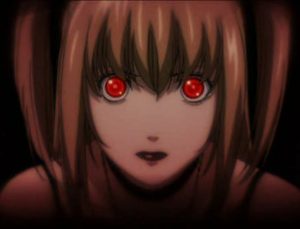
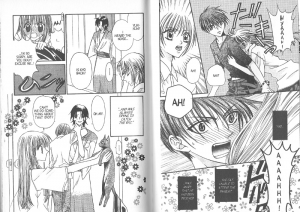
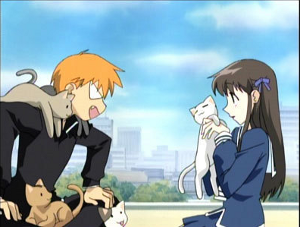
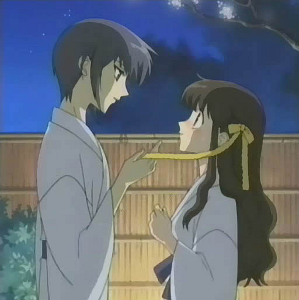
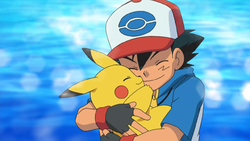 There are some really beautiful moments that go a long way to make Pokemon Ballet really enjoyable. Pikachu and Ash have a lovely coupling duet when they first leave Pallet Town that establishes their bond. Nurse Joy’s big moment of reviving Pikachu after the thunderstorm is performed beautifully. Her extension and poise combined with Pikachu slowly copying the upper body movements as she recovers is quite lovely.
There are some really beautiful moments that go a long way to make Pokemon Ballet really enjoyable. Pikachu and Ash have a lovely coupling duet when they first leave Pallet Town that establishes their bond. Nurse Joy’s big moment of reviving Pikachu after the thunderstorm is performed beautifully. Her extension and poise combined with Pikachu slowly copying the upper body movements as she recovers is quite lovely.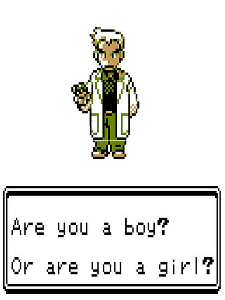 The intentional slapstick moments–Team Rocket knocking out scientists, the giant Game Boy prop, the “Are you a boy or a girl?” Oak speech, etc.–missed the mark for me. It’s a dance adaptation of Pokemon. We know it’s inherently absurd. There were just a few moments that stepped too far outside of the story itself to maintain a consistent tone and build tension leading into the Elite 4 and the Champion battles. The best moments had a really sharp and dry wit because the performance took itself so seriously.
The intentional slapstick moments–Team Rocket knocking out scientists, the giant Game Boy prop, the “Are you a boy or a girl?” Oak speech, etc.–missed the mark for me. It’s a dance adaptation of Pokemon. We know it’s inherently absurd. There were just a few moments that stepped too far outside of the story itself to maintain a consistent tone and build tension leading into the Elite 4 and the Champion battles. The best moments had a really sharp and dry wit because the performance took itself so seriously.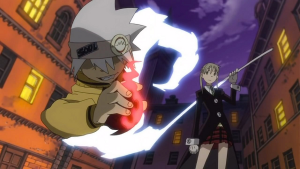
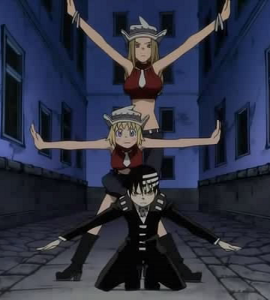
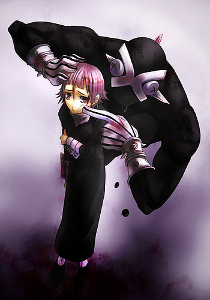
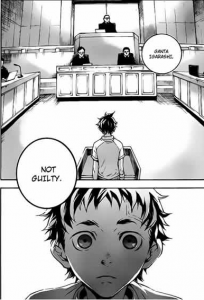
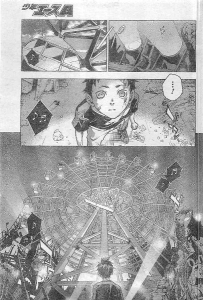
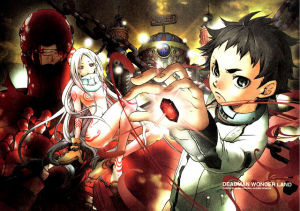
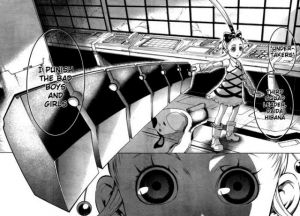
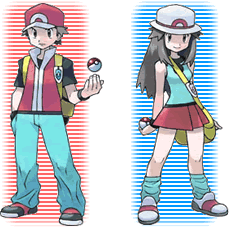
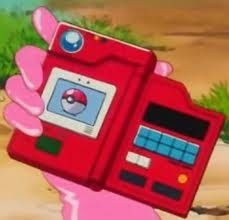
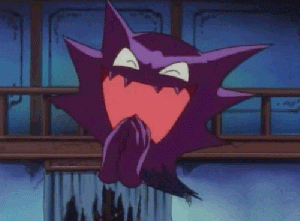
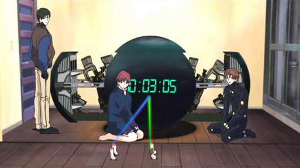
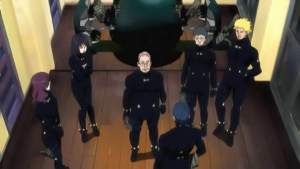
 When Funimation secures a license for a new show, they put together their in-house creative team. As many as seven separate shows are being worked on in different studios at a time with an regular work schedule of 10AM to 6PM. The director is given the translated scripts, character descriptions, and images from the show. However, they’re in charge of researching the show and influences to figure out the crux of the series. They plan for as long as the production schedule allows them so they can figure out the right tone and approach for the translated program.
When Funimation secures a license for a new show, they put together their in-house creative team. As many as seven separate shows are being worked on in different studios at a time with an regular work schedule of 10AM to 6PM. The director is given the translated scripts, character descriptions, and images from the show. However, they’re in charge of researching the show and influences to figure out the crux of the series. They plan for as long as the production schedule allows them so they can figure out the right tone and approach for the translated program.

